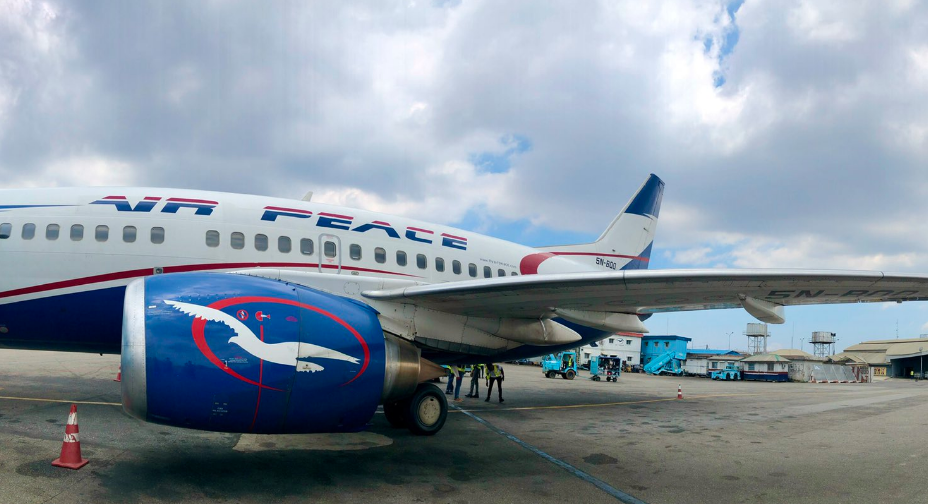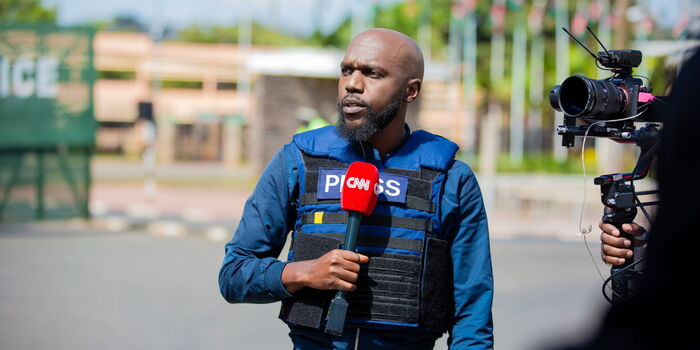CNN —
The US entered the Israel-Iran conflict Saturday, striking three nuclear facilities, President Donald Trump said. The move comes after he weighed involvement followingIsrael’s unprecedented strikes on Iranian nuclear facilities and other military sites earlier in the month, whichtriggered a days-long,ongoing exchange of missile attacks between the two countries.
At least 430people have been killed in Iran since hostilities with Israel began, the country’s health ministry said earlier Saturday at a press briefing. Meanwhile, 24 people had been killed in Israel as of Saturday, according to the Israeli Prime Minister’s Office.
Iran experts had warned in recent days that a US attack on Iran could draw it into a quagmire even more challenging than the wars in Iraq and Afghanistan – a drawn-out confrontation that could last the duration of Trump’s presidency.
CNN is tracking where the attacks are happening and which Iranian nuclear facilities have been targeted.
Following Israel’s initial attack, Iran launched a wave of retaliatory strikes, targeting multiple locations across Israel.
Iran had fired approximately 400 ballistic missiles and 1,000 drones at Israel since the conflict between the two countries began last Friday, a military official told CNN on Wednesday. Of those missiles fired, approximately 20 ballistic missiles hit civilian areas in Israel, the official said.
Although Iran maintains that its nuclear program is for peaceful energy purposes, Israel has long seen it as a threat. Israeli strikes have hit the same three Iranian nuclear facilities that the US targeted Saturday— Natanz, Isfahan and Fordow. Little damage had been visible in satellite imagery of Fordow following the Iranian strikes there.
The Natanz nuclear facility is Iran’s largest uranium enrichment facility and “the heart of Iran’s ballistic missiles program,” according to Israeli Prime Minister Benjamin Netanyahu. Several structures at Natanz sustained significant damage in the early days of the conflict.
Four critical buildings at the Isfahan nuclear site were damaged as of last weekend, according to the International Atomic Energy Agency (IAEA). Although damage to three buildings was visible via satellite imagery taken on June 14, damage to a fourth was not immediately clear. A spokesperson for the Atomic Energy Organization of Iran claimed damage at the site was limited.
The Fordow facility near Qom, south of Tehran, appeared intact in images captured several daysafter Israel began its strikes. The plant is buried deep underground and houses advanced centrifuges used to enrich uranium up to high grades of purity. Analysts have told CNN it is likely that only the US has the weapons needed to cause serious damage there.
Impacted infrastructure from Israeli strikes also includes missile facilities in Kermanshah, Shiraz and Bid Kaneh, according to satellite company Maxar – all in different areas of Iran. Satellite images show destroyed or damaged buildings and vehicle tunnels in Kermanshah, but no buildings appear to have been destroyed in Shiraz.
The Israeli strikes also killed several high-profile individuals, including Iran’s highest-ranking military officer. Iran has already moved to fill some key roles.
CNN’s Nadeen Ebrihim, Fred Pleitgen, Kylie Atwood, Alayna Treene and Kevin Liptak contributed to this report.










